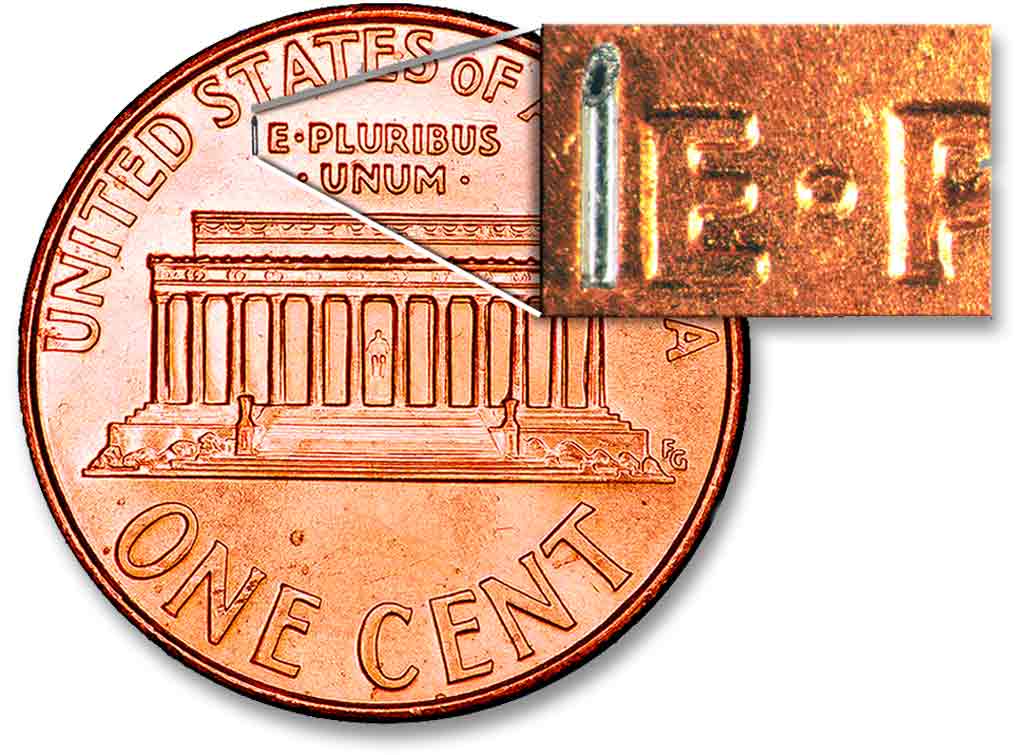Injecting Insulin Into Muscle: Good or Bad?
Insulin was designed to be injected into body fat (“subcutaneous tissue”) but when injected into muscle, insulin acts much more quickly

Insulin was designed to be injected into body fat — also referred to as “subcutaneous tissue.”
When injected into body fat, most of today’s rapid-acting insulin options will start working within 15 minutes, and stay in the body for up to 4 hours.
If you take that same dose of insulin, however, and inject it into muscle, you’re completely changing how it is going to work.
What happens when you inject insulin into muscle instead of fat?
Quite simply, when injecting insulin directly into muscle instead of body fat as its intended, it’s going to be absorbed much more quickly. That means it can affect your blood sugar more quickly — but it also means it will likely be entirely out of our system sooner, too.
Injecting insulin into muscle instead of fat is just another option for those who need their insulin to work much faster than usual and absorb more predictably,” Gary Scheiner, CDE, told InsulinNation.
And of course, do keep in mind that injecting insulin into muscle is going to hurt more than injecting into body fat.
However, Scheiner — author of the diabetes management guide, Think Like a Pancreas — cautions against injecting into muscle too often simply because that’s not how insulin was designed to work.
Is injecting insulin into your muscle safe?
The short answer is yes. The longer answer is that it should be done very thoughtfully and only when absolutely necessary.
First of all: do not inject long-acting insulin into muscle.
This will severely interfere with ensuring it stays active in your body for as long as it’s supposed to in order to cover your background insulin needs.
However, when using fast or rapid-acting insulin (Novolog, Humalog, Apidra, Fiasp, etc.), it can be done safely and thoughtfully.
I have not witnessed any infections or muscular damage caused by injecting insulin into muscle,” said Scheiner. “But the proper sterile technique is still highly recommended.”
This means using an alcohol swab to sterilize the area prior to injecting and using a clean, new syringe.
It’s also important to remember that the insulin you inject will affect your blood sugar far sooner than a normal injection, putting you at risk for low blood sugars if you’re not prepared for that drop.
While injecting into muscle is technically safe, it isn’t something you should be doing with all of your insulin doses.
When is it useful to inject insulin into muscle instead of body fat?
Certain situations or issues can make injecting insulin into muscle a useful option — as long as you’re not doing all or even most of your injections like this.
When your blood sugar is high and you’re dehydrated (due to ketones etc.)
“When high blood sugar is accompanied by dehydration — like when your pump-site fails and you’re producing ketones quickly. Insulin administered into the subcutaneous fat layer may not absorb properly due to reduced blood flow to the skin. But an intramuscular injection will work,” explained Scheiner.
When your blood sugar is high prior to an important activity (athletic event, exam, medical procedure, etc.)
“Using an intramuscular injection to correct a high blood sugar prior to an athletic event, an exam, a medical procedure can help lessen the impact the high will have on your performance. Especially when there isn’t enough time for a traditional subcutaneous injection to work,” explained Scheiner.
When you forget to take insulin for a meal…
“If you flat out forget to take insulin with your meal, and you remember later on when your blood sugar is already unusually high, injecting into muscle can be very helpful,” explained Scheiner. In this scenario, you’re not only helping to correct the high sooner but using an intramuscular injection to prevent your blood sugar from climbing even higher while your meal continues to digest.
I have taken the occasional intramuscular injection in the past,” said Scheiner of his own diabetes management, “but I can achieve the same outcome now with Afreeza’s inhaled insulin…and it hurts a lot less!”
If you’re considering using intramuscular injections in your own diabetes management to help bring those difficult high blood sugars down sooner, talk to your healthcare team about any specific concerns regarding your personal health.







